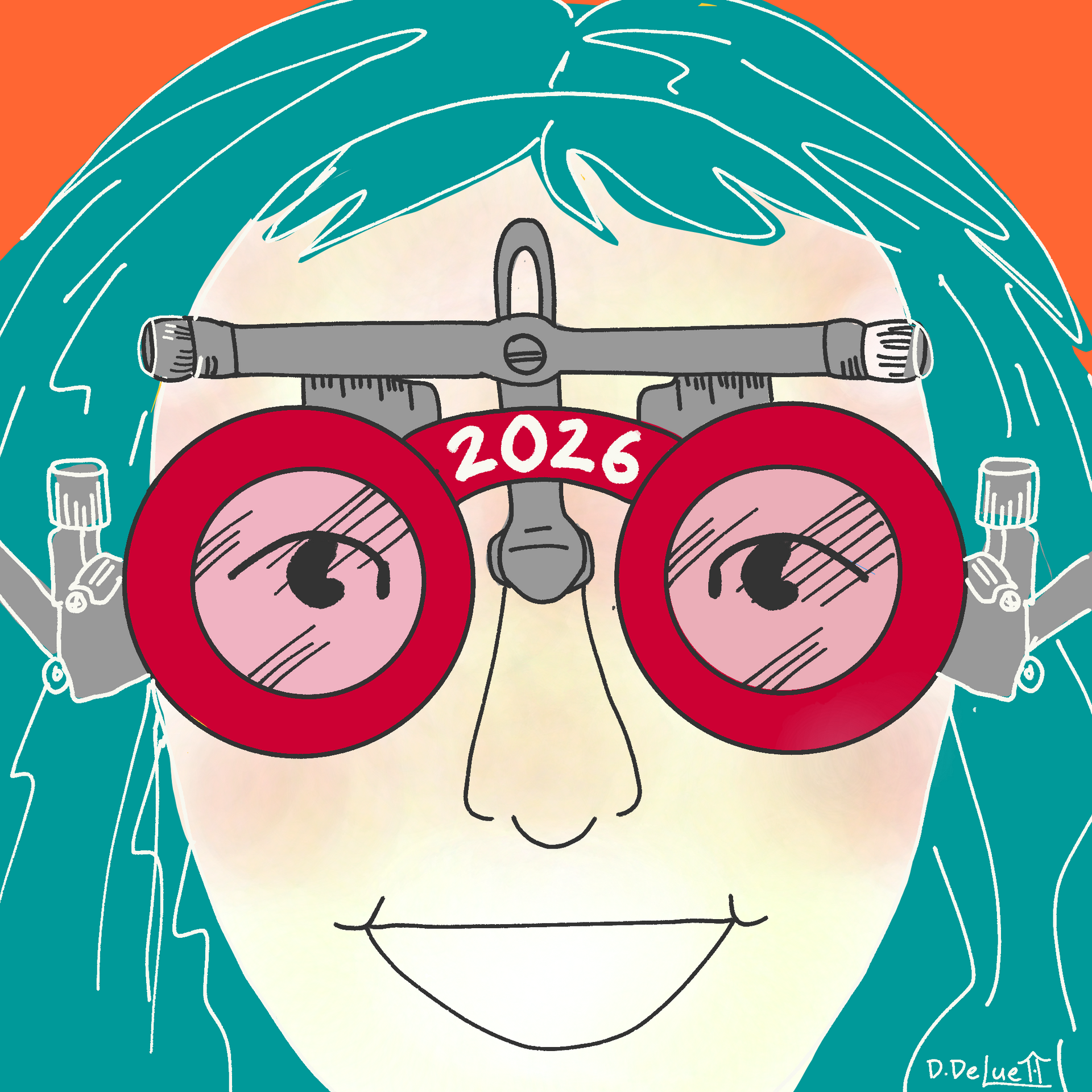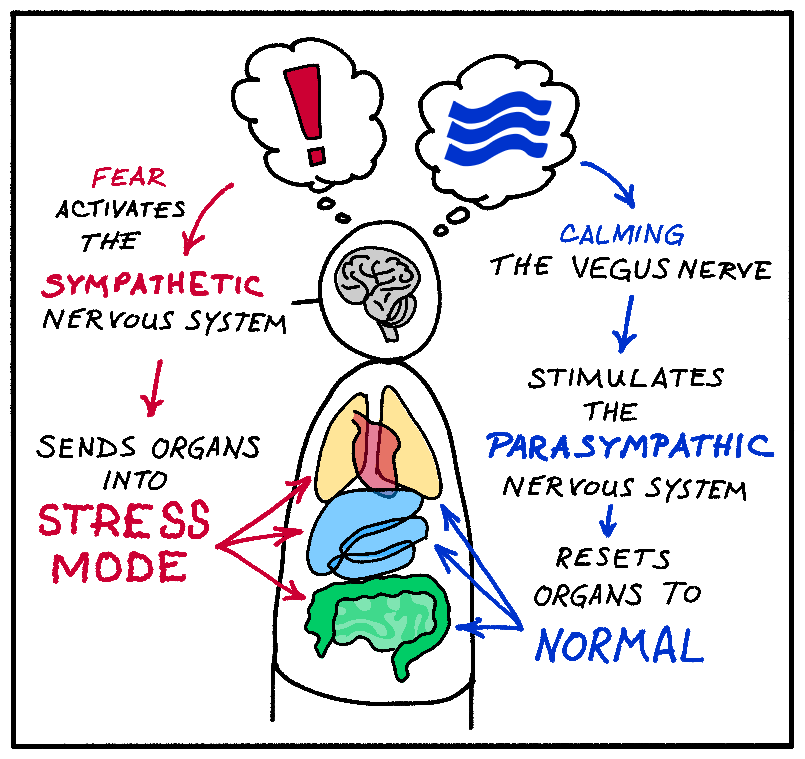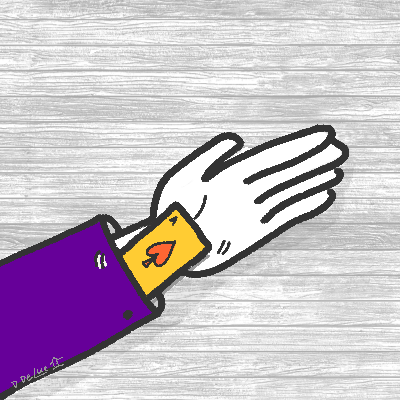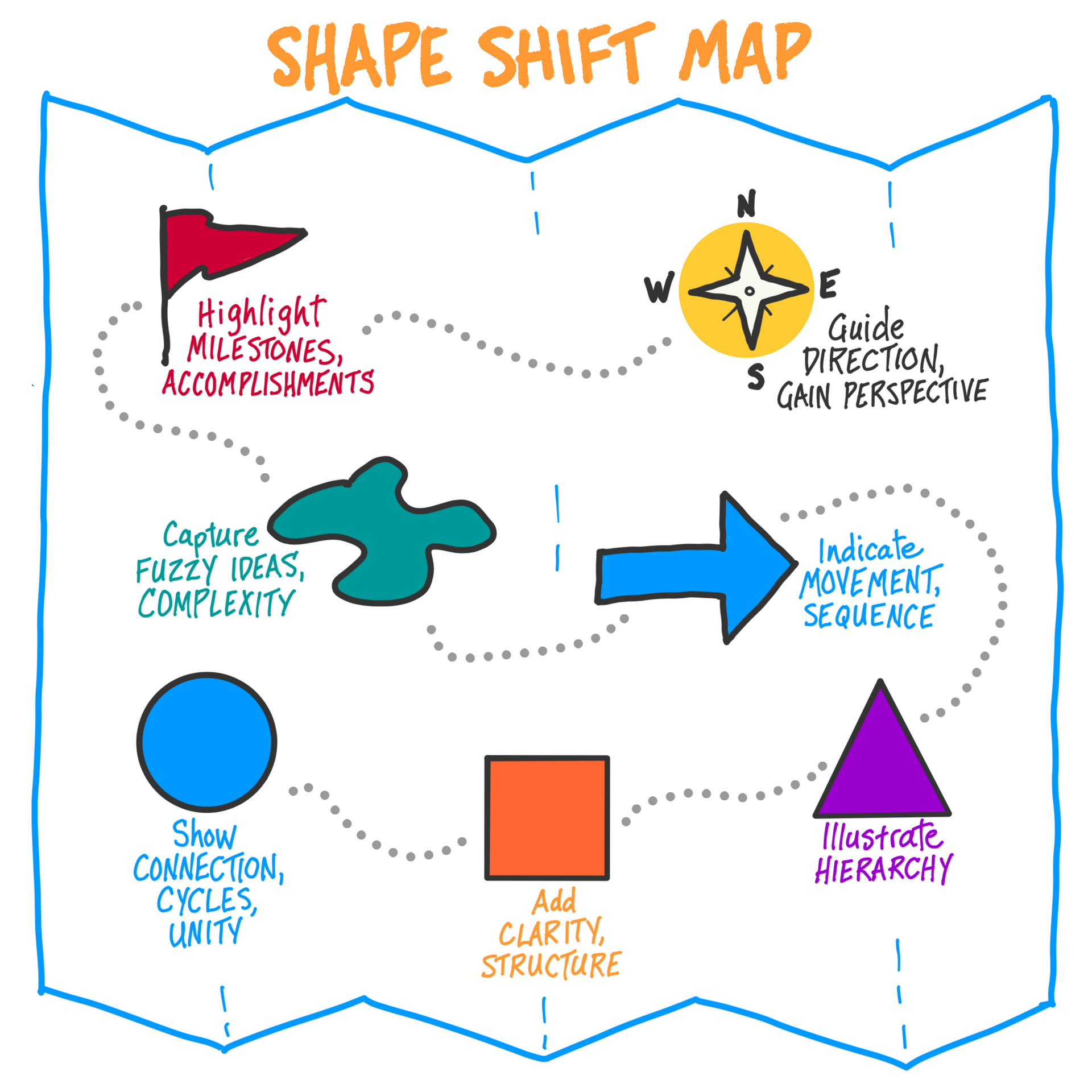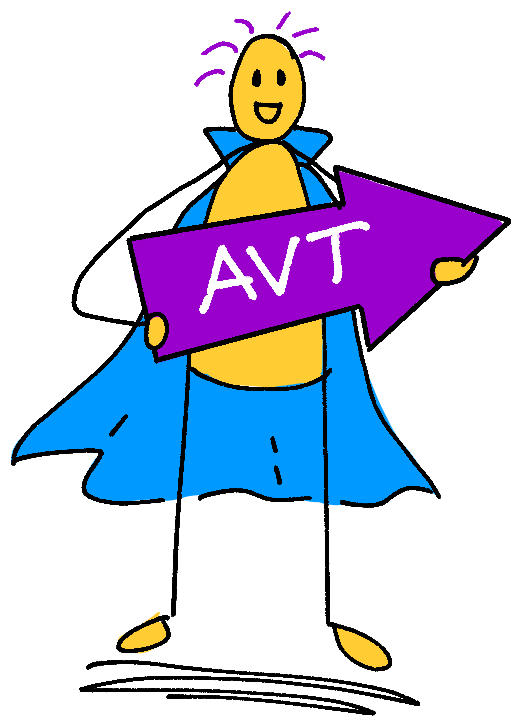Shape Shift - The Blob
The Art of Applied Visual Thinking
Make Space for Messy Ideas
Welcome to the Shape Shift Series Part 4.
In our last issue, “Shape Shift – The Triangle,” we explored how triangles help us focus, prioritize, and clarify. But what if you’re not ready to narrow down just yet? What if your ideas are complex, swirling or evolving?
That’s when you need a different shape entirely—something squishy, open, and flowing.
That’s where the blob comes in.

The Blob
Blobs are the shape of exploration. With no sharp corners or straight lines, they give your ideas room to breathe, sprawl, and evolve. A blob doesn’t demand order—it invites ambiguity, play, and complexity. It’s the shape you turn to when your thinking is raw, undefined, or wonderfully weird.
In visual thinking, blobs offer a safe and flexible space to hold ideas that aren’t ready to be boxed in or pinned down.
Why Use Blobs?
Blobs are organic by nature. They don’t follow rules or require precision. Instead, they create space for discovery.
Use a blob when you want to:
1. Capture fuzzy thoughts
When you’re brainstorming alone or in a group setting, blobs give you a loose structure to gather ideas that are still forming.
Example: Jot early ideas for a new workshop. Inside a blob, write stray words, half-baked themes, scribbled questions. A blob is your container to capture all of your ideas without needing to organize just yet. Not sure where to start? Try Dan Roam's 6x6 - who or what, how much, where, when, how and why.
2. Give yourself a space to play
Blobs are perfect for exercising your creativity. Color, texture, and motion can all show up inside a blob.
Example: Take a mental play break. Draw a blob with your eyes closed or make a blob on your page with a bit of spilled coffee, tea or paint. Take a moment to look at your blob from different directions as it dries. What does it remind you of? Use a pen or maker to add definition and detail to turn your blob into some more concrete and give it a name. This exercise is a fun way to expand your visual vocabulary.
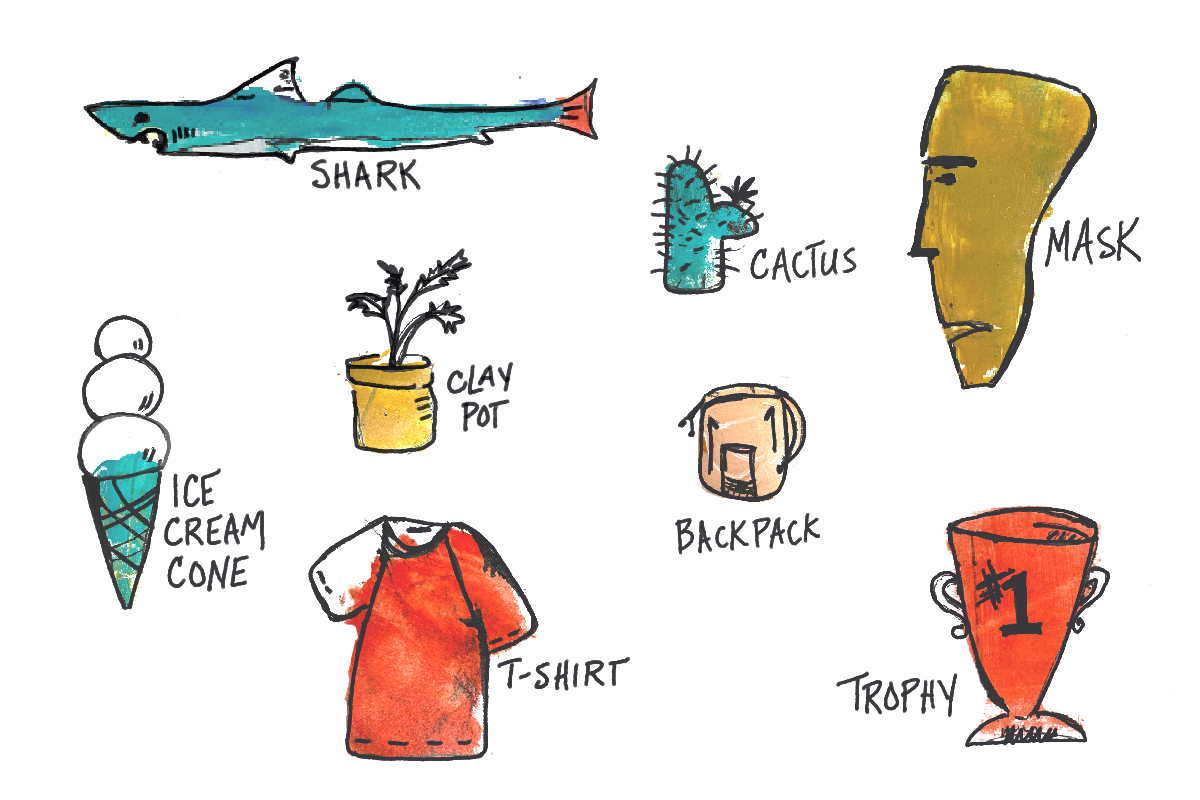
3. Represent complexity
When things feel interconnected, blobs let you show it all—without simplifying too soon.
Example: Use a group of blobs to map the factors contributing to team success, such as clear goals, trust and commitment. Let the ideas overlap and swirl.

Blobs are the shape of freedom. When you need space to think without limits, when you're generating ideas or swimming in ambiguity—draw a blob. Let it hold whatever needs holding.
Try This: Create a Thinking Puddle
Let your pen wander. Draw a big, loose, blobby shape. No edges, no symmetry—just motion. Inside the blob, write what’s on your mind. Let it spill out: concerns, ideas, questions, vision.
No structure. No judgment. No formatting. This is your thinking puddle—a space to be messy on purpose.
Want to go further? Layer in color, add tiny drawings, circle key ideas. Let the blob evolve. It’s not a container—it’s a living field of thought.
Coming next: Arrows → Direction in Motion
Shapes help you hold ideas—but arrows help you move them forward. In the next issue, we’ll explore how arrows can guide attention, show progress, connect ideas, and bring clarity to your visual thinking. Get ready to add movement and meaning to your visual thinking—one arrow at a time.



